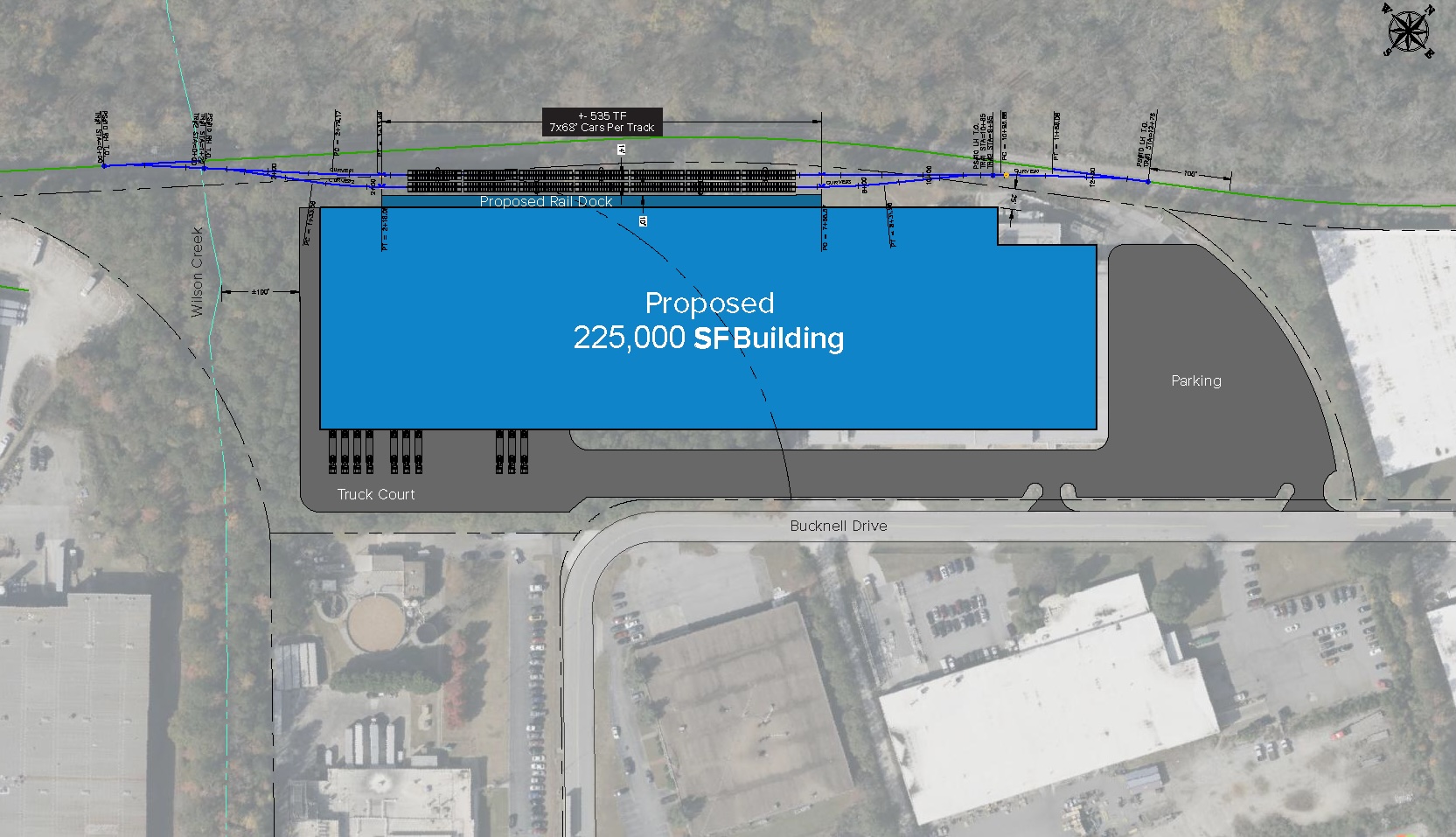
ATLANTA — The Broe Group, the parent of short line holding company OmniTRAX, has acquired a former Kellogg’s plant in Atlanta and plans to redevelop the 14-acre property that’s served by the Fulton County Railway.
“This build-to-suit project bundles proximity, power, and population centers,” Broe Real Estate Group Senior Vice President Kevin Caille said in a statement. “With seven megawatts of power, direct rail service, and exceptional market access, this site is the best parcel in the best market and holds unlimited potential for industrial manufacturing and distribution facilities.”
The property is located in the Fulton County Industrial District, where the Fulton County Railway provides service on 25 miles of track. Broe says the former Kellogg’s site, which shut down in 2019, is the largest shovel-ready, rail-served site in the Atlanta area. Broe plans to build a 225,000-square-foot industrial building on the site.
OmniTRAX Chief Commercial Officer Ryan Higgins said the project “is a prime example of Broe’s market differentiator that pairs rail and real estate to create optimized logistics facilities. This project leverages our existing Fulton County Railroad service with an exceptional urban site that can serve 80% of U.S. population centers. We are excited to unlock its full potential.”
The FCR interchanges with CSX.







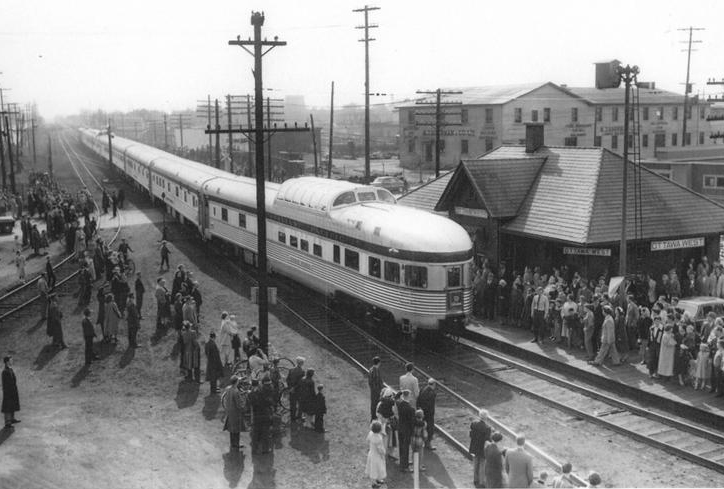
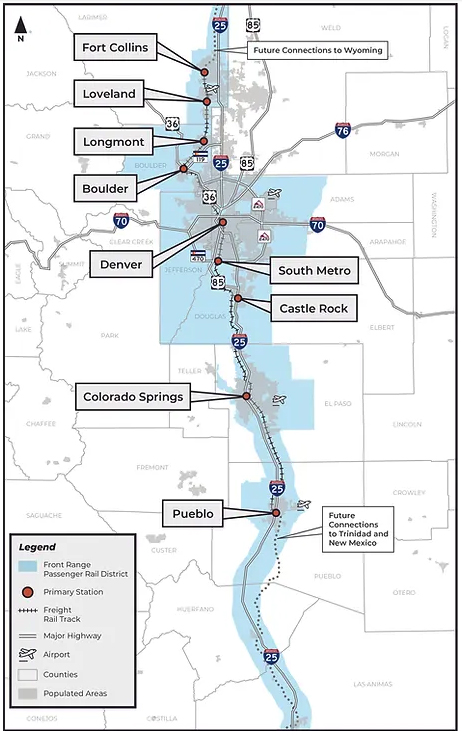
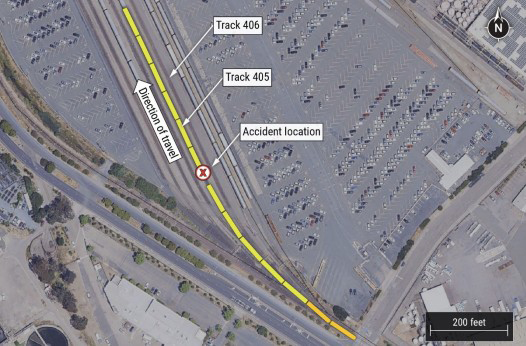
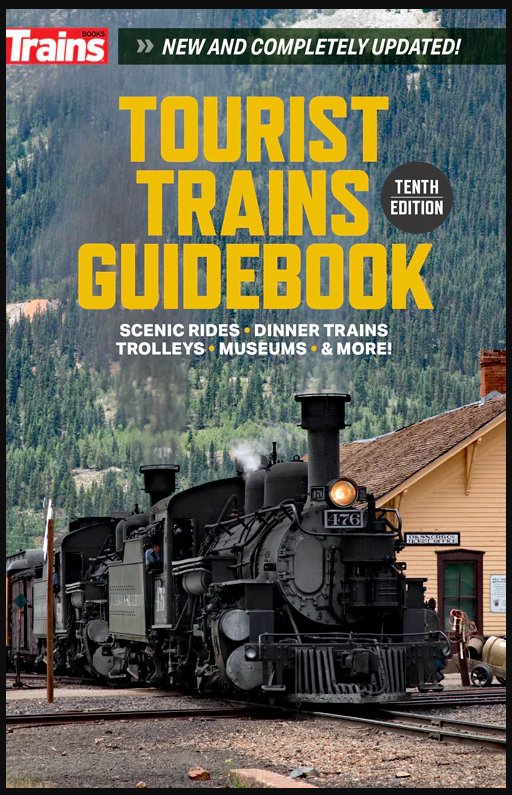
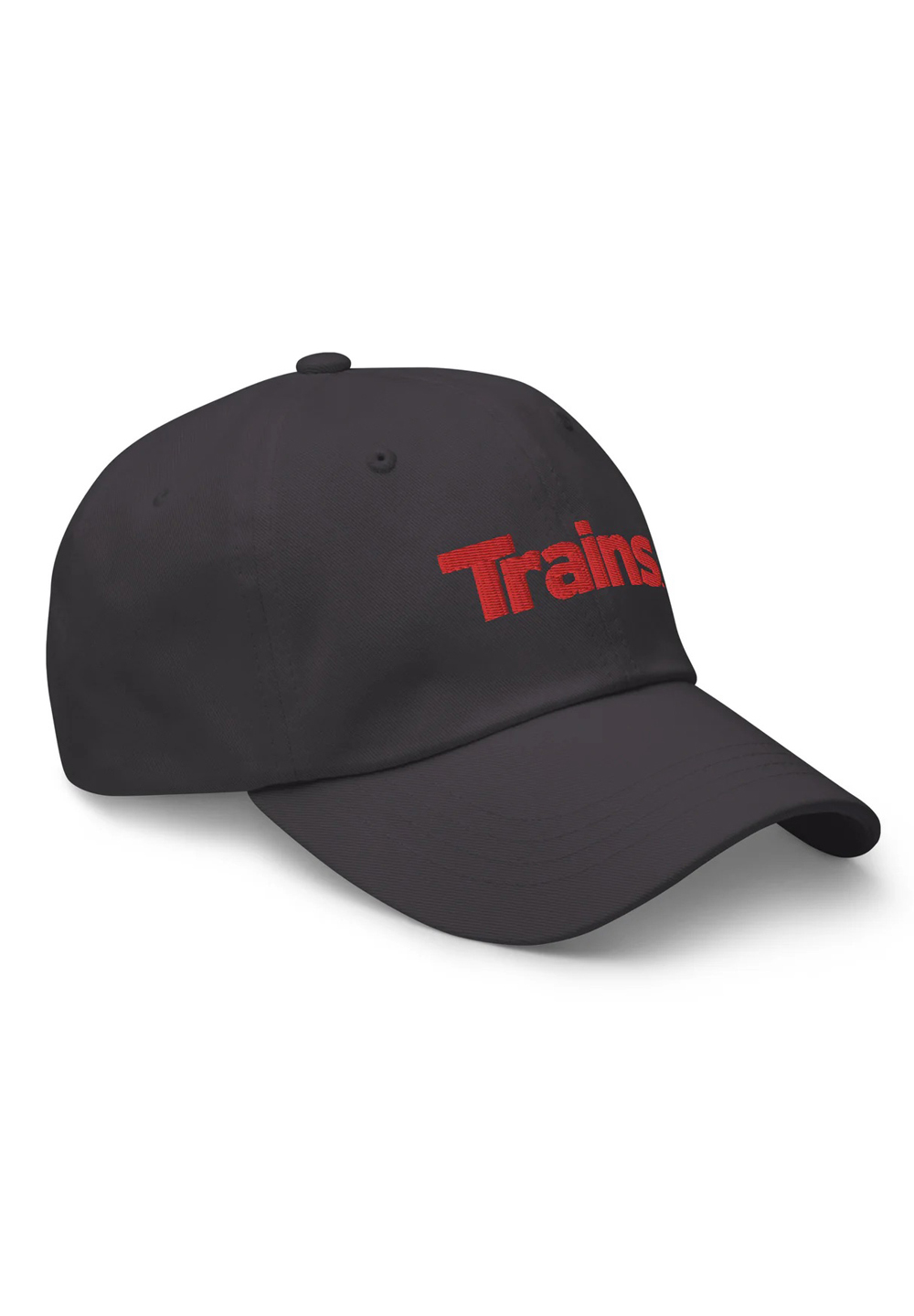

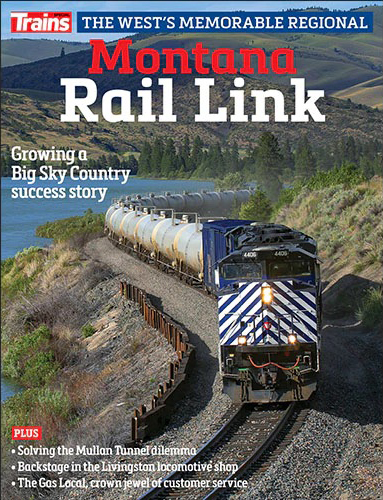
Always felt it would be sensible if railroads had a side division that bought and ran real estate properties that they serve so that they could retain or develop new businesses along their line. It’s always sad to see a line die off because a business it once served is shut down even though it maybe could have survived.
How much of that 80% can be covered by truck if the railroads don’t provide the quality transportation desired?